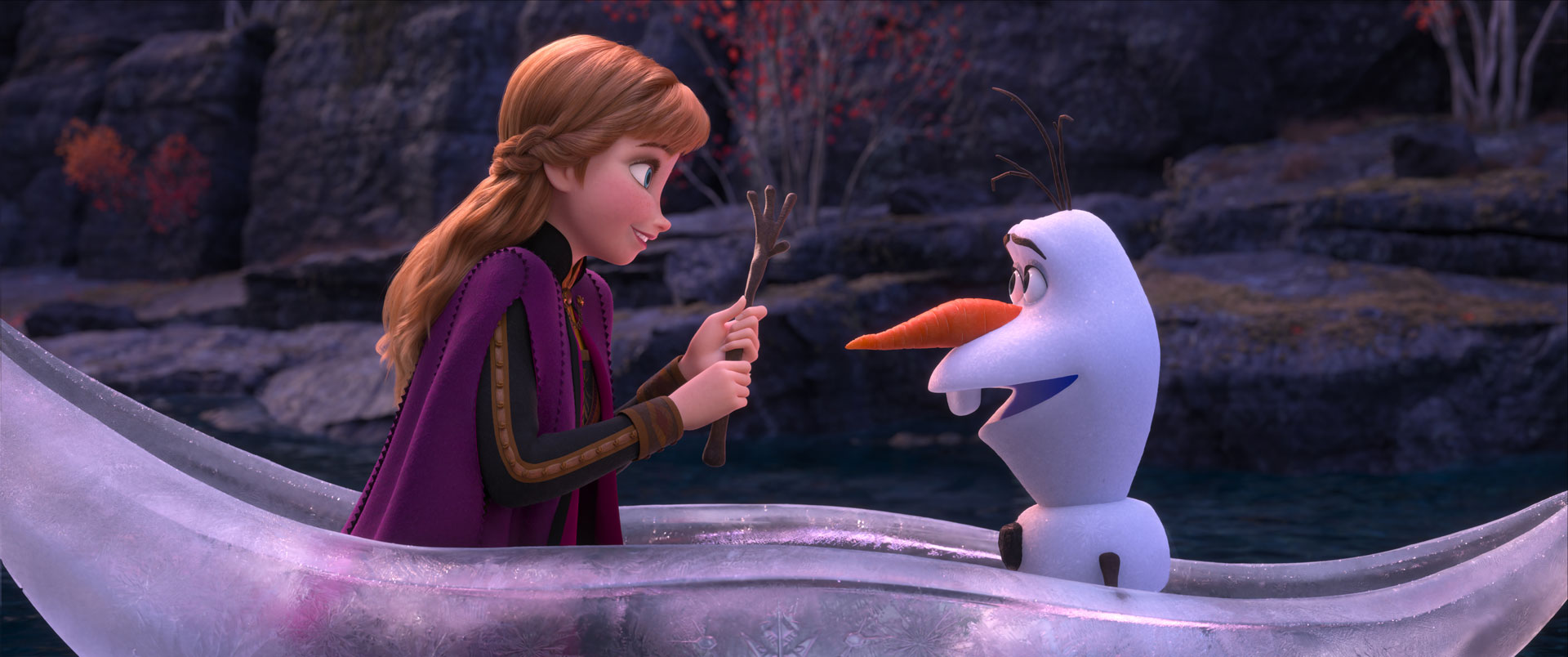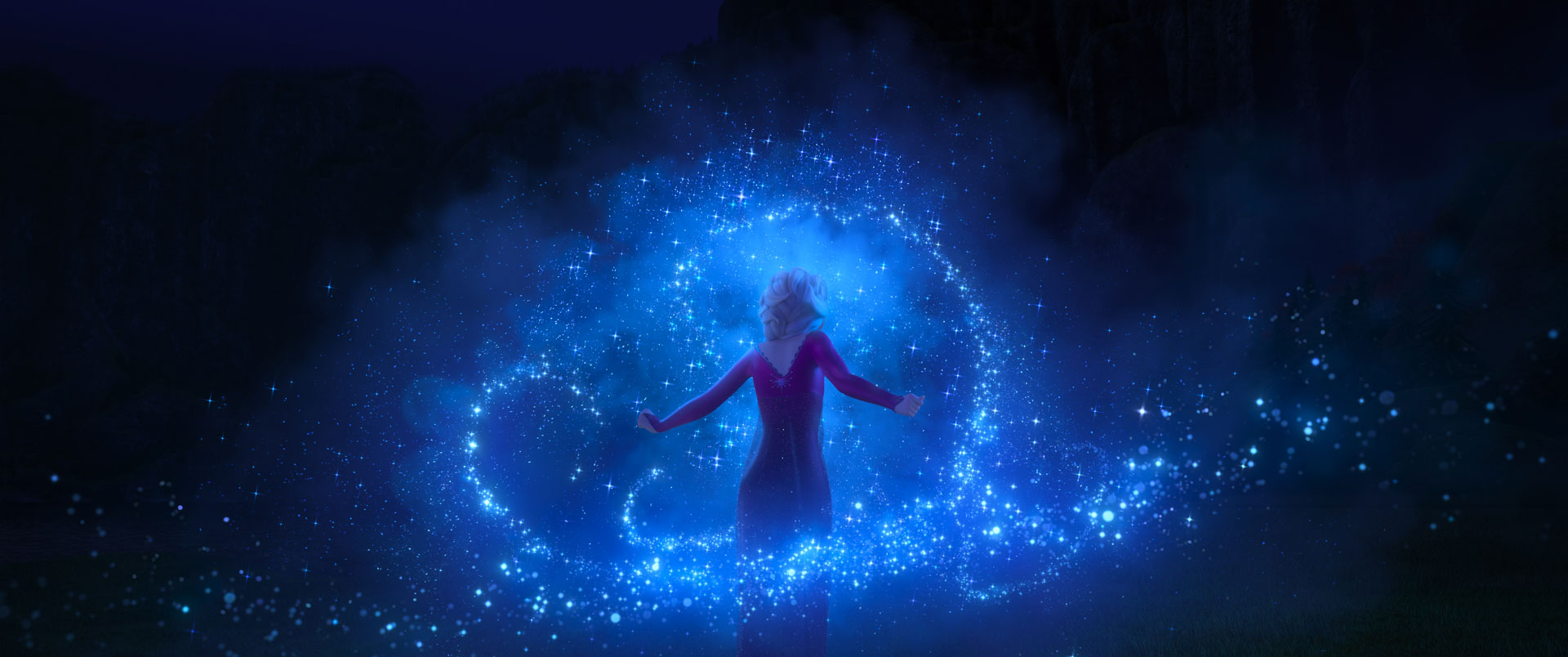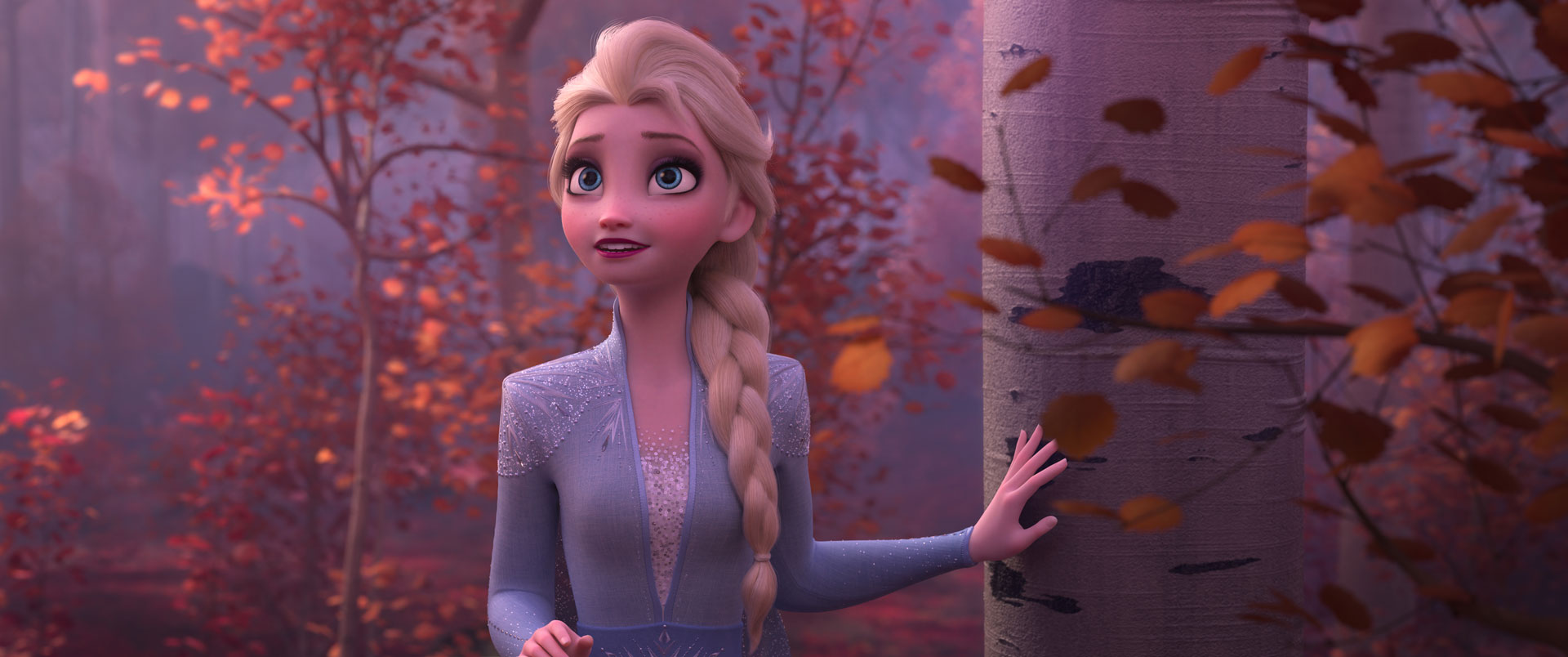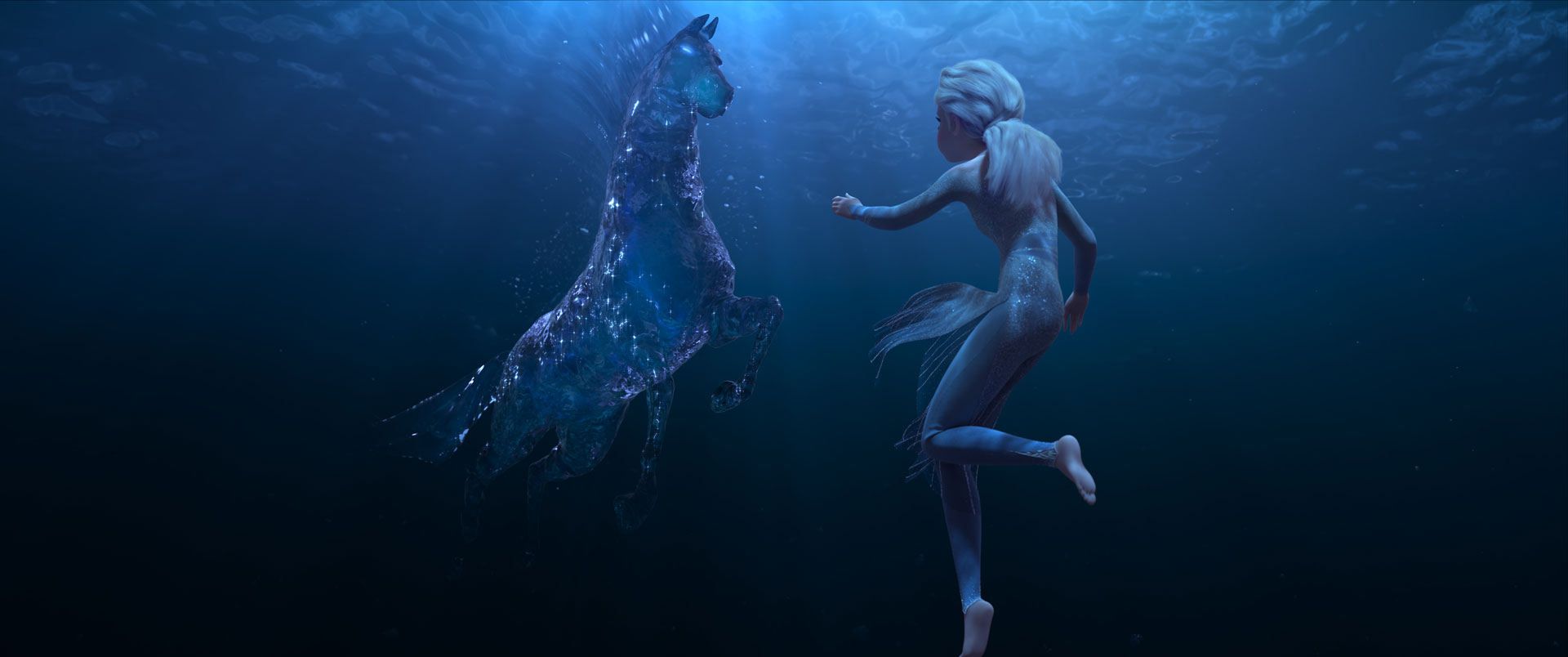As one of the film’s technical animation supervisors, David J. Suroviec believes that every filmmaker involved with Frozen 2, opening in theaters today, is an artist—from the visual development artists who first put pencil to paper to envision a more mature look for beloved princesses Anna and Elsa, to the animators and technologists who give them structure and movement on screen, to the software engineers and developers who design innovative new sandboxes in which all can play. Art and technology go hand in hand throughout the production of every film at Walt Disney Animation Studios (WDAS). Suroviec says, “That’s where the Disney magic is, in that collaboration between art, technology and CG to get that film on screen.”

Just as Frozen’s characters have evolved, technology has also advanced since the blockbuster was released in 2013, making it possible for the filmmakers to create a greater number of costumes for the characters and to do so in innovative ways. The ensemble worn by Anna at the beginning of Frozen 2 features some of the most elaborate embroidery WDAS has ever created on screen, says Gregory Smith, the film’s head of characters and technical animation. In previous films, embroidery would typically have been painted onto the design, but new technology allows the Frozen 2 filmmakers to handle physical stitches and beadwork in much the same way that they handle hair or grass, allowing for greater detail and a more nuanced response to lighting.
Digital technology also enables the filmmakers to visualize exactly how the characters’ costumes would appear in the real world. As visual development artists create each look, they choose realistic fabrics for each garment and then work closely with the technical animation team to bring them to life on screen—and to ensure that those pieces remain true to life whether a character is static, facing down gale-force wind or even when they’re underwater. “Our characters are stylized, our medium is stylized, but at the end of the day we are drawing on real-world approaches,” Smith explains.

Simulations are used to great effect at WDAS and allow the filmmakers to make subtle adjustments based upon how elements such as gravity or air density impact a character or their wardrobe. “If they’re moving through water, a lot more drag is happening on their clothing as they move through it,” Suroviec explains, and this is the same process the filmmakers employ to ensure that a garment intended to be made from velvet moves differently from one that would be made from chiffon.
For Frozen 2, WDAS utilized new proprietary software to achieve more complicated hairstyles for the film’s characters than they’d had in Frozen. “Very organized, ‘fresh-from-the-salon’ coils and waves prove to be a very difficult thing for the computer to do well,” Suroviec details. To remedy this, WDAS created a hair solver simulator named “Beast” that proved invaluable in the creation of Anna’s art-directed curls, Kristoff’s wind-blown locks and Elsa’s new look.

While the simulations allow the filmmakers to see how clothing and hair will look under a wide variety of conditions, they’re not intended to be a substitute for the subtle details that can only come from the hand of an artist. “Simulation tends to favor more realistic motion,” Suroviec says, noting that that the aesthetic at Disney relies upon a tremendous amount of handwork on in addition to what the computer can generate. Artists make small adjustments, frame by frame, whether that’s hand-sculpting a pose, embellishing the curve of a costume or exaggerating the timing of a character’s movement. “There is a lot of very painstaking hand placement of details, such as beads or sequins,” Smith emphasizes.
In Frozen 2, the filmmakers took on a unique challenge in creating the new character Gale, who, as a wind spirit, is essentially invisible. The character’s presence on screen is detected by its effect on everything Gale comes into contact with, which includes leaves, debris and even another character’s hair. To convey not just the very existence of this invisible character but also a range of emotions, Smith explains, “We developed a tool that allowed the animators to go into the VR lab and actually see the environment and draw a path of action for Gale to follow with the VR wand.” The program, which they named “Swoop,” helps the animators control the movement and timing of performances along a path.

As difficult as it is to animate an invisible character, Smith posits that one made out of water may be even more challenging. But bringing to life the Nokk, a water spirit that takes the form of a horse, is the perfect example of how the teams at WDAS combine their unique skills and artistry to work in tandem. “It wasn’t a very linear process,” Smith explains, detailing the research and experimentation that went into determining the horse-like motion of the Nokk’s mane and tail, implementing visual effects to convincingly portray that the character is made of water, and lighting the character in such a way that it did not look like glass, gel or anything other than H2O. “No single department could fully get approval until all departments had taken a pass. It had to be seen in its totality to understand it,” Smith says.
At WDAS, innovation is always driven, first and foremost, by story. “Our goal is to try to achieve what Visual Development is pushing for, and they’re always pushing to make the most spectacular thing possible,” Smith says. “We all take pride in the fact that anything they can dream up, no one wants to be the one to say we can’t do that—so we always find a way.”